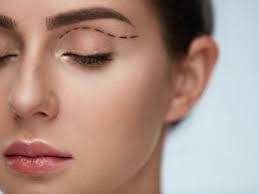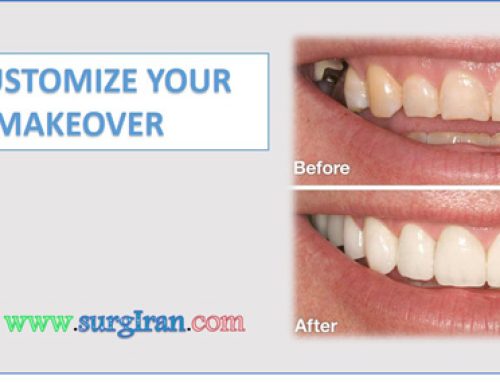Eyelid surgery encompasses a handful of procedures designed to improve the general appearance of the eye area, including a reduction of puffiness or drooping related to aging and/or heredity.
All eyelid surgeries are performed on the lids or surrounding tissues, not the eyes themselves.
Eyelid surgery is typically performed by a cosmetic plastic surgeon or by an oculoplastic surgeon. An oculoplastic surgeon is an ophthalmologist who specializes in plastic and reconstructive surgery of eyelids, eyebrows and other parts of the face.
Thinking about Eyelid Surgery? Find an eye doctor near you to discuss your options and get a referral.
Is eyelid surgery common?
Eyelid surgery ranked in the top five cosmetic surgical procedures in 2018, acccording to the latest data from the American Society of Plastic Surgeons. More than 206,000 eyelid surgeries were performed that year, down 1 percent from 2017.
Among adults age 55 and over, eyelid surgery topped the list of cosmetic surgery procedures.
Types of eyelid surgery
Blepharoplasty
The best candidates for eyelid surgery are healthy, non-smoking individuals (recovery from surgery is slower if you smoke) with no serious eye conditions or medical conditions that might impair healing.
Blepharoplasty (often called an eye lift) can treat cosmetic conditions including fatty deposits that create puffiness in the upper and lower lids, bags under the eyes, excess skin and wrinkles in the lower eyelid, and drooping lids.
A positive outlook and realistic expectations for what eyelid surgery can achieve are also important, experts say.
Upper/lower eyelid surgery
Upper/lower eyelid surgery reduces the swelling (edema) or puffiness around the eye. Upper and lower eyelids are susceptible to swelling because the skin around the eyes is the thinnest and most delicate in the body.
Swelling around the eyes naturally occurs as we age, but other causes include inherited facial features, medical issues like allergies and thyroid or sinus conditions, as well as stress, dehydration and sleep deprivation.
Puffy eyes also can be caused by changes in the fat pads located on both the upper and lower eyelids. These fat pads allow the muscles around the eyes to move easily, but as people age, fat pads often move forward and the membrane over them relaxes, creating puffiness around the eyes.
The pouches also can fill with fluid, making the puffiness more apparent.
Temporary fixes for the swelling include eye drops to treat allergies, cold compresses, adequate hydration and sleep, and even hemorrhoid creams that contain phenylephrine, which constricts blood vessels and tightens tissue.
Surgery to remove, reposition or replace the fat pads in the upper and/or lower lids is a more permanent solution.
Droopy eyelid surgery
Eyelid ptosis (pronounced toe-sis) is the medical term for droopy upper eyelids. A diagnosis is made by assessing where the eyelid is in relation to the pupil of the eye.
“The eyelid is usually just above the pupil. In people with ptosis, it drops to the pupil or lower,” says Dr. Alan Matarasso, MD, FACS, and president of American Society of Plastic Surgeons. “The other term you’ll sometimes hear is ‘bedroom eyes’ because the eyes look sleepy.”
Asian eyelid surgery
Asian blepharoplasty, which is also known as double-eyelid surgery, reshapes the skin around the eyes and creates a crease in eyelids that lack one.
Approximately half of the Asian population are born with monolids, or eyelids with no visible crease above the lash line.
“Asian eyelids lack the distinct fold across the upper lid that’s called the supratarsal crease,” Matarasso says.
“Asians have a much lower fold, and they also may have a preponderance of puffier, more fatty tissue there,” he adds. “One of the main goals of Asian eyelid surgery is to make a more distinct supratarsal crease.”
An estimated 1.3 million people worldwide underwent double eyelid surgery in 2017, according to a survey by the International Society of Aesthetic Plastic Surgery.
Asian eyelid surgery is reportedly the most common aesthetic procedure in Taiwan, South Korea and other parts of East Asia as well as Northeast India.
People of Asian descent often choose the procedure to help minimize the puffiness associated with monolids that may make them appear to be tired.





